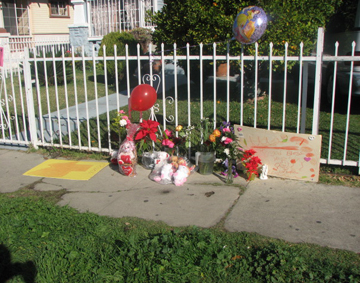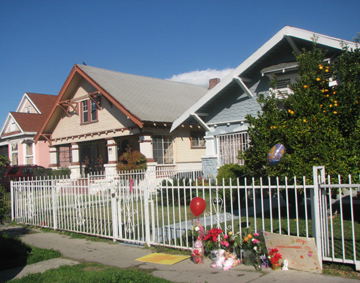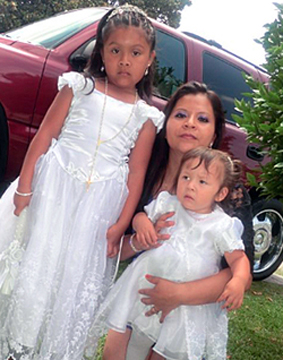Mark Berndt sat silently, staring straight ahead in a packed courtroom. Five sheriff’s deputies surrounded him. The former teacher appeared unkempt and unshaven in an orange jumpsuit.
Berndt is being held at the Twin Towers jail. His public defender, Victor Acevedo, accused the sheriff’s deputies of refusing to give Berndt a razor to shave. He also told the judge the deputies are broadcasting Berndt’s location on a loudspeaker to other inmates and calling him a “child molester.” Outside the courthouse, Acevedo told reporters about his concerns.
“The concern is for his personal safety. We cannot have the sheriff’s department deputies acting in such a way to essentially put a ‘bulls eye’ on his head, so to speak. So that is my concern,” said Acevedo.
 Sheriff’s spokesman Steve Whitmore says the department hadn’t heard of the allegations until today’s arraignment. He says the department will investigate the claims.
Sheriff’s spokesman Steve Whitmore says the department hadn’t heard of the allegations until today’s arraignment. He says the department will investigate the claims.
High-profile attorney Gloria Allred, representing one of the alleged victims, worried about the allegations, as well as the media surrounding the case.
“I think we all have a stake in making sure that the defendant has a fair trial. That’s very important, I’m sure, to the defense, to the prosecution, and most of all to the alleged victims,” said Allred. “And hopefully nothing will interfere with that so that he would not have then grounds for an appeal if, as, and when he were convicted.”
Berndt is facing twenty-three counts of lewd acts. He is alleged to have photographed students being bound and gagged, and with a white liquid believed to be his semen. Berndt’s attorney requested today that the prosecution turn over every photo it has in evidence, something the District Attorney is reluctant to do. Spokeswoman Sandi Gibbons says the defense will get all the photos involving victims already identified in the case. The judge will look at the other photos in private to determine if the defense has a right to view them.
“The judge has agreed to look in a camera at other photographs that the defense says they want but at this point in time, it is either unidentified children or children that have been identified late,” said Gibbons.
Gibbons declined to say whether there will be any new charges as other children are identified. The preliminary hearing is scheduled to take place on March 28.









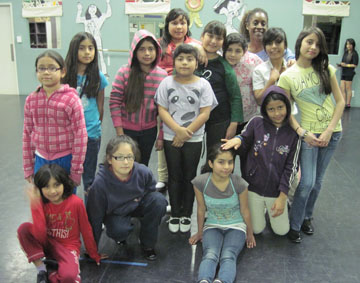 “Hoofing is a little more old school, more organic,” she says. “The street versus the stage. For example, even though Greg Hines was a show tapper, in the sense of he was the celebrity, he really was organically a hoofer. The piece that I showed them was a piece that I had learned from Henry LeTang, who is one of the original choreographers and a hoofer.”
“Hoofing is a little more old school, more organic,” she says. “The street versus the stage. For example, even though Greg Hines was a show tapper, in the sense of he was the celebrity, he really was organically a hoofer. The piece that I showed them was a piece that I had learned from Henry LeTang, who is one of the original choreographers and a hoofer.”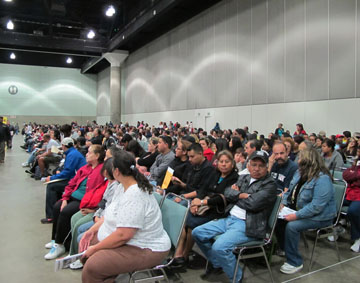
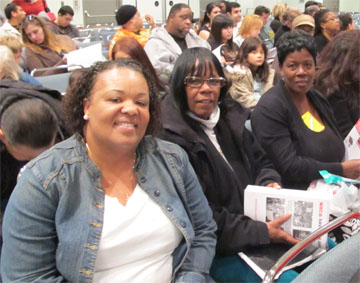
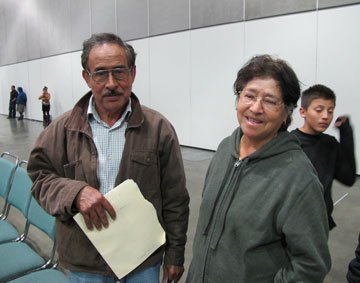
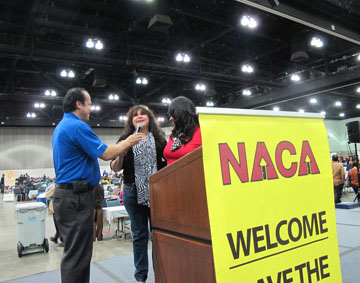
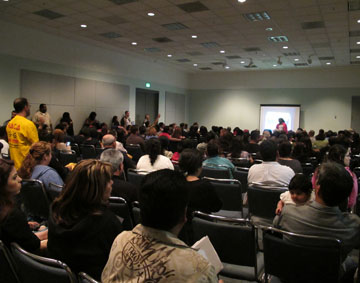
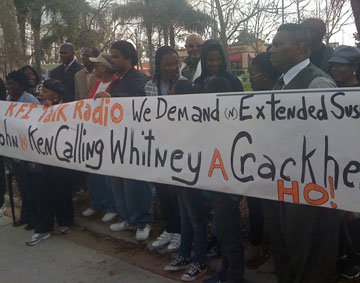

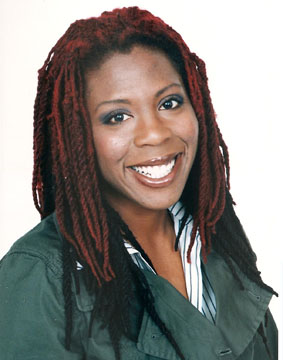
 Recently, in a class discussion about youth not having a voice at school, my students gave me an earful about racially disparate discipline policies. They pointed to a culture of disrespect that they believe marginalizes and disfavors outspoken African American students. For many, this culture is rooted in a policing regime that kicks in before they even get to school, buttressed by criminalizing truancy policies that disproportionately target black and Latino youth.
Recently, in a class discussion about youth not having a voice at school, my students gave me an earful about racially disparate discipline policies. They pointed to a culture of disrespect that they believe marginalizes and disfavors outspoken African American students. For many, this culture is rooted in a policing regime that kicks in before they even get to school, buttressed by criminalizing truancy policies that disproportionately target black and Latino youth.  Last September, someone called my house and left a message about attending an Obama campaign meeting. I got the message and decided to ignore it.
Last September, someone called my house and left a message about attending an Obama campaign meeting. I got the message and decided to ignore it.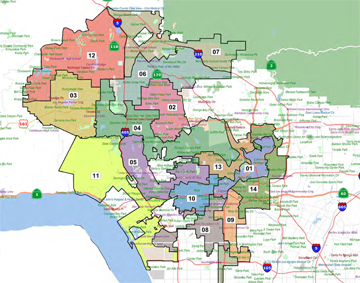 After what turned into a nine-hour-long meeting on Wednesday, the Los Angeles Redistricting Commission has moved one step closer to solidifying major changes to the city’s council districts, including those in South Los Angeles.
After what turned into a nine-hour-long meeting on Wednesday, the Los Angeles Redistricting Commission has moved one step closer to solidifying major changes to the city’s council districts, including those in South Los Angeles.